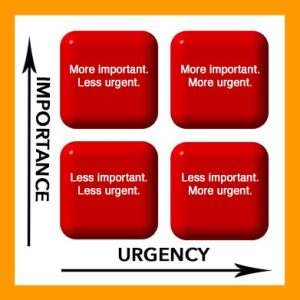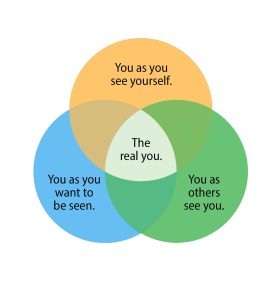
Mitt Romney famously said, “Companies are people, my friend.” Without getting into a debate regarding the accuracy of that statement, it is true that companies share many characteristics of people. Just like their human counterparts, companies have distinct personalities (e.g., Apple vs. IBM). They offer very different user experiences (Walmart vs. Nordstrom); core values (REI vs. Dicks Sporting Goods); and approachability (Goldman Sachs vs. Edward Jones).
As with individuals, 20/20 Mind Sight offers insights and guidelines to help create a corporate mindset that better aligns with customers, clients, and employees. Its exercises can shine a bright light on a firm’s strengths, weaknesses and opportunities. Here are some examples.
- Almost every company that’s ever existed has hosted an offsite meeting to create a vision and write a mission statement. Most of these exercises fail miserably. Why? Because the participants are preaching to the choir and suffer from the “Curse of Knowledge.” They focus on confirming what they already know. They are too close to the situation to actually see the firm as an outsider might. A customized version of the Johari Window – using descriptive words meaningful to the company’s offerings and customers – could help identify differences in how management views the firm versus how customers see it.
- The “Locus of Control” exercise helps individuals determine whether they believe they are in control of their destiny or there is some larger outside influence that controls their success and happiness. Companies face the same choice. Is the company’s success dependent on the economy, an affiliated company, or a competitor? Do outside influences drive strategy and tactics? Are the company executives always looking in the rearview mirror or focusing instead on what lies ahead?
- Chapter 7 of 20/20 Mind Sight, “After You Know It All: Put Intelligence In Its Place,” is especially meaningful for young and growing companies. We all know of companies with high-profile leadership teams, can’t-miss products, and well-defined audiences who’ve failed miserably. In most cases their failure results not from a lack of quantitative data but rather from overlooking qualitative considerations. They’re too focused on IQ rather than EQ – and, yes, just as individuals possess emotional intelligence, so do companies.
- Most importantly, companies need to be honest with themselves. They must recognize their weaknesses, acknowledge their mistakes, and learn from their failures. They mustn’t fear failure or they’ll never achieve greatness. They’ll never move forward if they don’t truly understand where they are at this precise moment. The “Yes-But” exercise in Chapter 4,“Mountaintops and Valleys: Embrace Your Weaknesses,” provides a powerful kick-start for companies to leverage their strengths and turn weaknesses into strengths.
The book is now available, for multi-copy discounts click here or you can purchase via Amazon.




